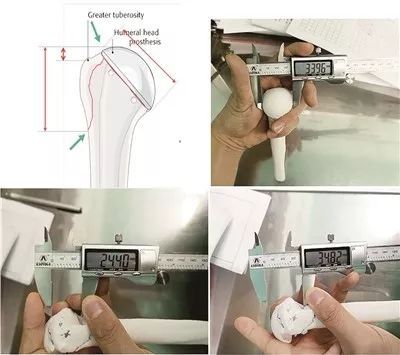WASHINGTON — In keeping with the U.S. Department of Veterans Affairs’ (VA) efforts to improve health care services for Veterans, Baltimore VA Medical Center (VAMC) doctors recently demonstrated how
3D printing at VA is more useful for orthopedic surgeons in planning shoulder replacement surgery than current approaches.
In an article, published in the Journal of Digital Imaging on Feb. 28, Baltimore VAMC Drs. Eliot Siegel and Kenneth Wang described how CT scan images were used to create 3D printed models of the shoulder.
Midmark RTLS powers your health system with two types of workflow intelligence: real-time data showing locations of people and equipment, and retrospective operational data for process improvement efforts.
3D printing creates an object by using material that is layered on top of each other, piece by piece; also known as additive manufacturing. These models provided surgeons with a better understanding of each patient’s specific anatomy, when compared with standard CT image review and with 3D visualization using a technique known as volume rendering.
3D printed models enabled surgeons to better appreciate the anatomic features which determine the best surgical techniques for a particular patient.
“It’s great to see skilled professionals such as Dr. Siegel and Dr. Wang and their colleagues innovate to get better outcomes for Veterans,” said VA Secretary Robert Wilkie. “Moving forward, VA will continue to seek opportunities to further develop and apply 3D technology as it strives to embed innovation into the fabric of the organization.”
Shoulder-replacement surgery is commonly performed to treat arthritis, which is a widespread condition among Veterans and the general population. However, the small amount of bone at the socket side of the shoulder joint is a major challenge to the long-term durability of shoulder replacements. By allowing surgeons to better appreciate the details of each individual patient’s anatomy, 3D printed models of the shoulder provide an additional tool for surgeons to use in pre-surgical planning, ultimately leading to longer-lasting shoulder replacements.
Through VA’s Diffusion of Excellence Initiative, the use of 3D printed models for shoulder surgery being pioneered in Baltimore can have applications at VA medical centers with 3D printing capability across the country.
The success and application of the 3D printed shoulder models highlight just one of the cutting-edge innovations being driven by VA employees, and demonstrate how 3D printing is useful for presurgical planning. This work also underscores the drive to provide the highest level of VA care to Veterans.

